‘The Craftsmen’ takes an inside look at the passionate, gritty work of modern-day artisans
posted Monday, February 9, 2015 at 3:45 PM EDT
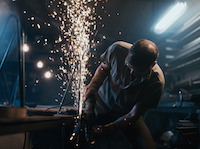
In this day and age, it’s not often we come across an object that was crafted by the hands of men and women. More often than not, our gadgets, toys, furniture and automobiles were fashioned via a computer-programmed machine, with minimal human interaction.
While this means of production isn’t bad by any means, there’s little denying that there’s a certain magic and value in objects created by craftsmen, people who intimately know every minute detail of what it is they’re producing.
Dean Bradshaw, a commercial photographer and director based out of Los Angeles, was always fascinated by the idea of craftsmanship. But it wasn’t until a recently-acquired curiosity for craftsmenship that he went out, camera in hand, and started ‘The Craftsmen’. An homage to the rare breed of men and women who put their heart and soul into the work they produce, the series beautifully captures the difficult, often monotonous workflow craftsmen pour into their productions.
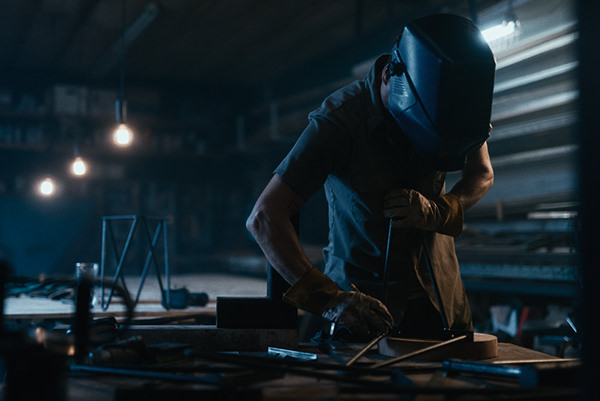
For features, we often share only the images, with little background as to how they came about and the thought process behind them. This time, I reached out to Bradshaw and asked him a few questions in regards to the series. Below, you’ll find a collection of images from ‘The Craftsmen’ in addition to a short interview about how the series came to be, how it was captured and where Bradshaw plans to take it in the future.
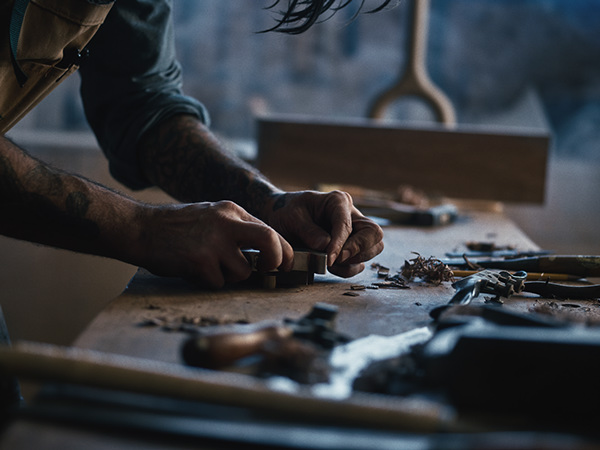
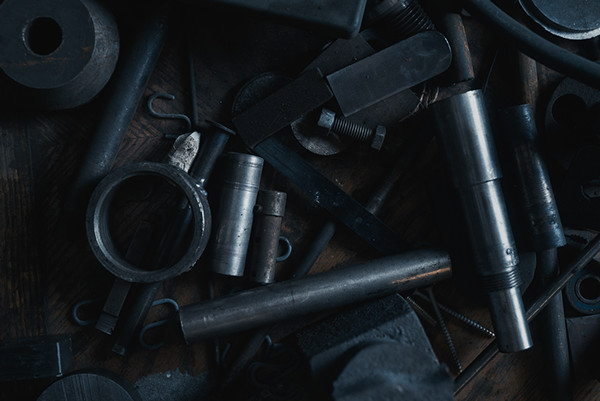
GB: Where did the idea to start ‘The Craftsmen’ come from?
DB: The idea of craftsmanship has always fascinated me, but only recently did I find myself captivated enough to develop this curiosity into a personal project. The idea to photograph craftsmen stemmed from a desire to celebrate people who create by hand and take pride in their work, at odds with a society to whom mass production overseas has become the norm.
Most of us are cuffed to our digital leash tapping away at a keyboard or mobile device for all hours of the day, myself included - so this idea of creating things by hand has become somewhat exotic and appealing. It’s remarkable since only a generation ago it was quite the opposite. I wanted to explore that concept.
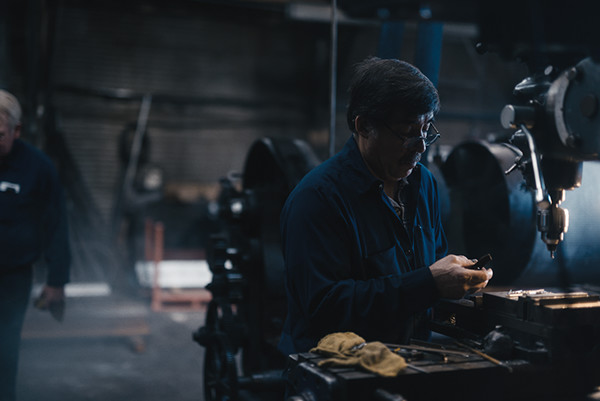
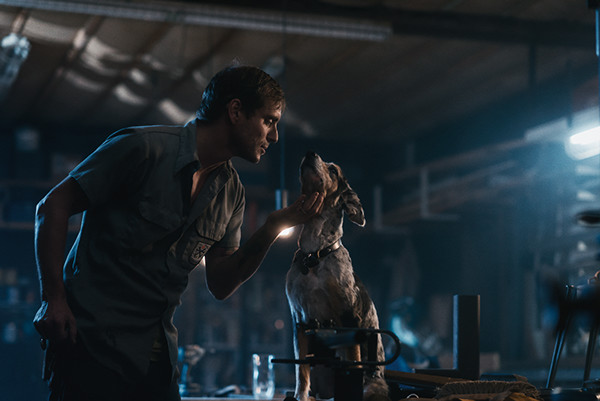
GB: Amazingly, it looks like you used only available light…assuming that is the case, how did this affect how you went about capturing the images?
DB: In the last 18 months or so we have added the RED Dragon camera to our repertoire and as such I have spent a lot of time shooting motion alongside my stills projects. This has taught me so much about working with available and continuous light and blending the two. I knew that I wanted to bring a dark, dramatic mood to these images whilst keeping the series as authentic as possible by leveraging existing light - so we augmented with continuous sources where needed.
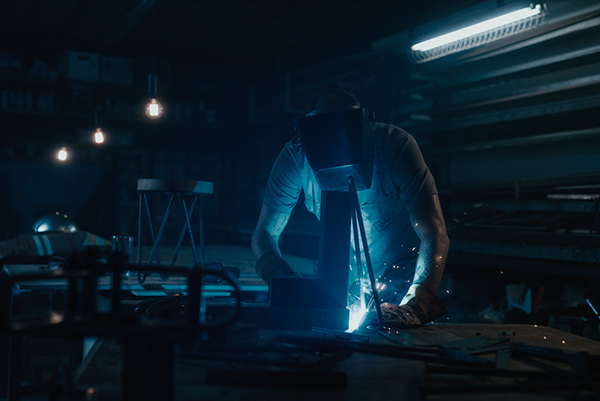
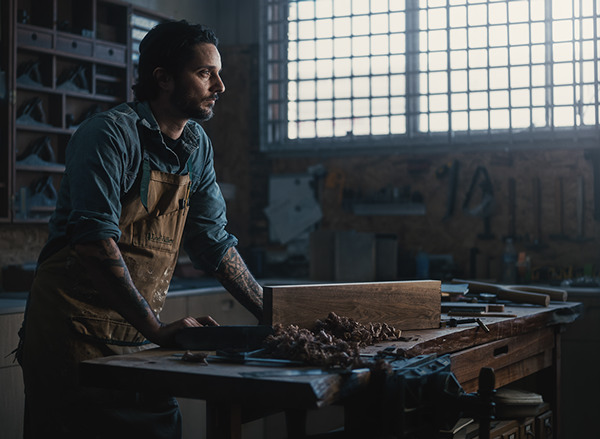
GB: What gear was used on the shoots?
DB: I shot most of the series on a Nikon D810, although the woodworker was photographed with both the D810 and Phase One IQ250, which I was testing out at the time. For lighting, I used Kino Flos and LED 1x1 panels to augment the existing light.
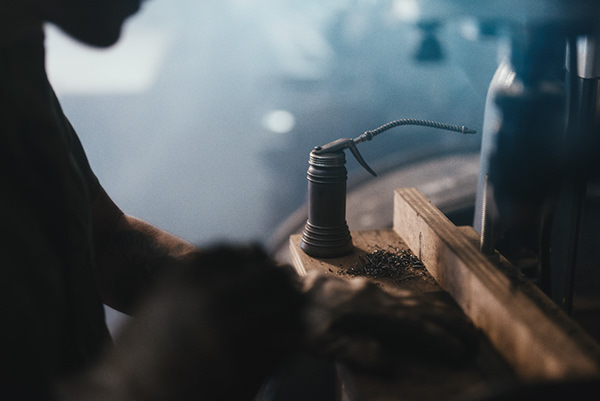
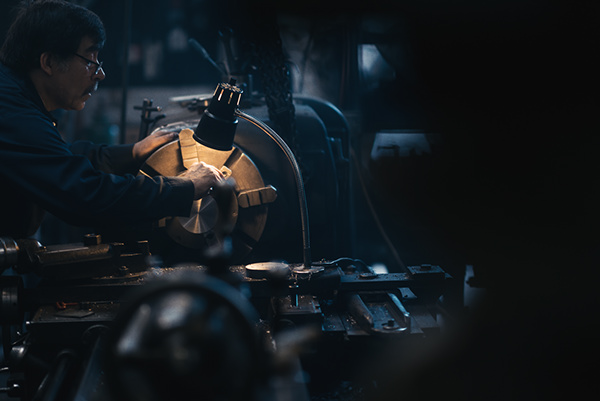
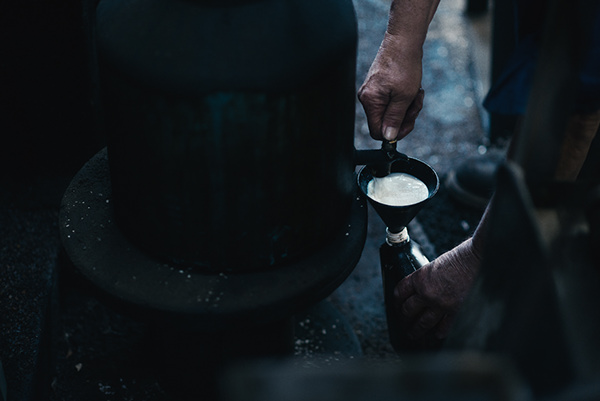
GB: Of all the various work types that you photographed, what’s one trait similarity you noticed across all of the craftsmen?
DB: I noticed a passion for the craft, in each of them their eyes lit up as they told me about their process. It’s a simple thing, but not everyone shares that sentiment about how they spend their days or what they do for work. Much of the work each of these guys do is extremely repetitive, precise and consumed with minutia. All the craftsmen shared a passion for the craft despite this, a quality that allowed them to persevere in what has now become an unconventional career path.
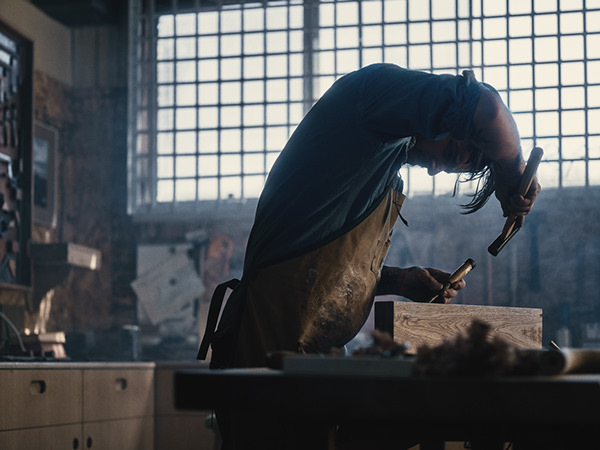
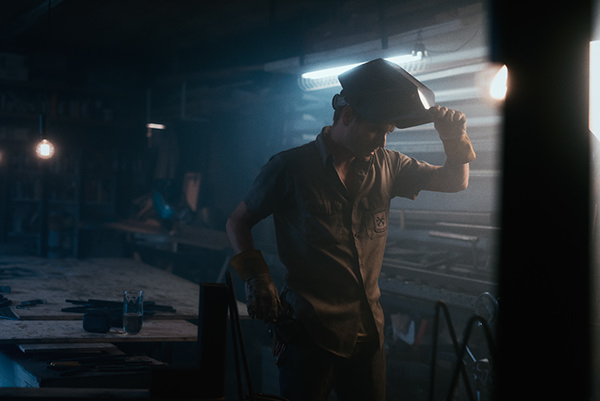
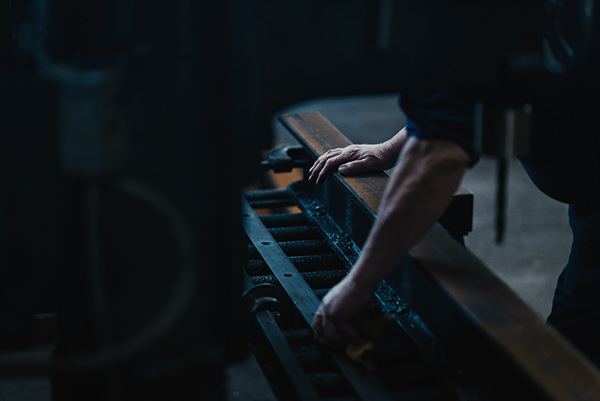
GB: You have a metalworker, carpenter and machinist – what craft(s) is/are next?
DB: I haven’t determined which crafts are next, though I’d like to continue this project for the foreseeable future as it’s a subject that I believe is important to celebrate. I’d like to extend the project into other parts of the country, if not the world - focusing on even more unconventional trades as I find them.
Below are a handful of other images from the series:
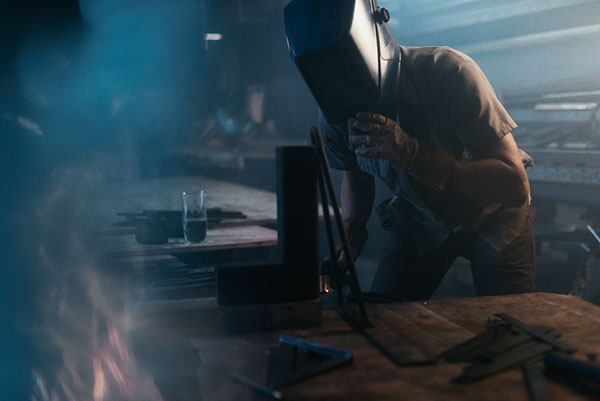
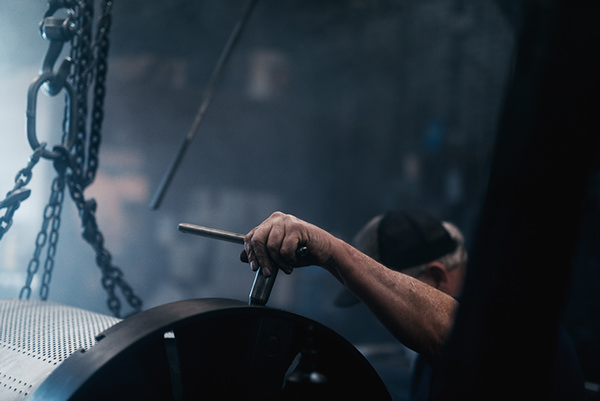
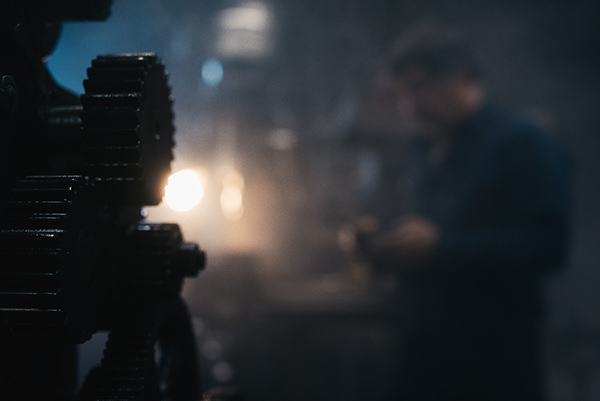
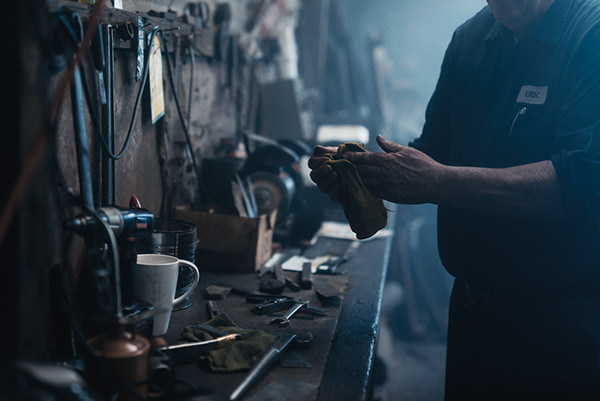
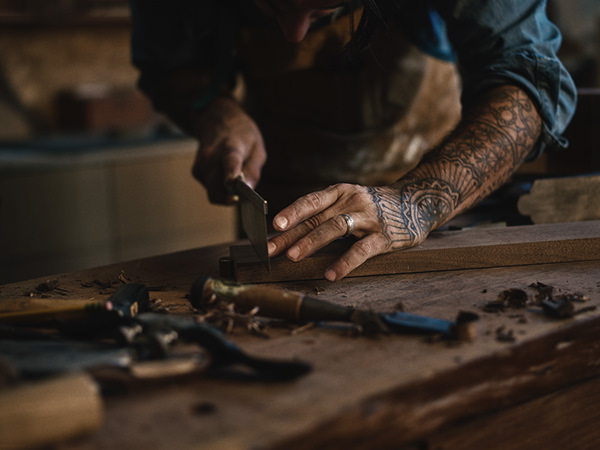
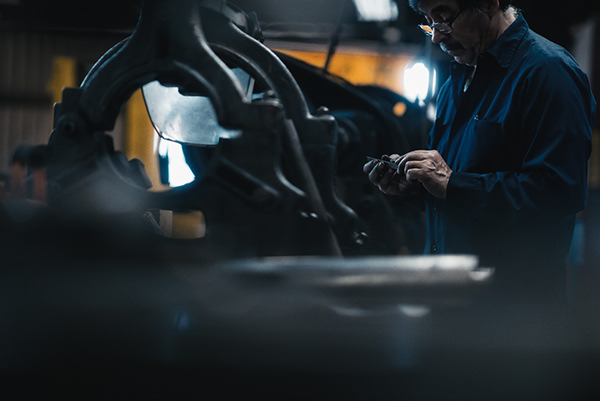
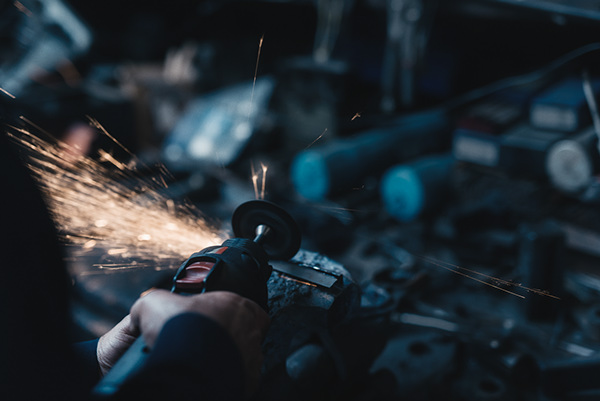
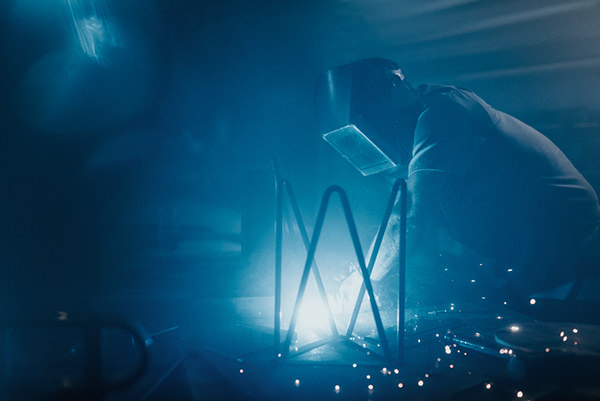
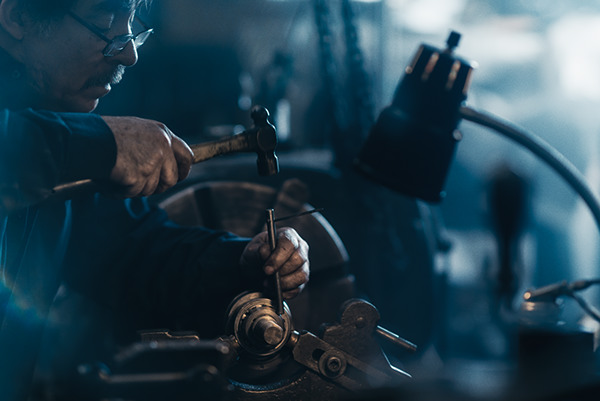
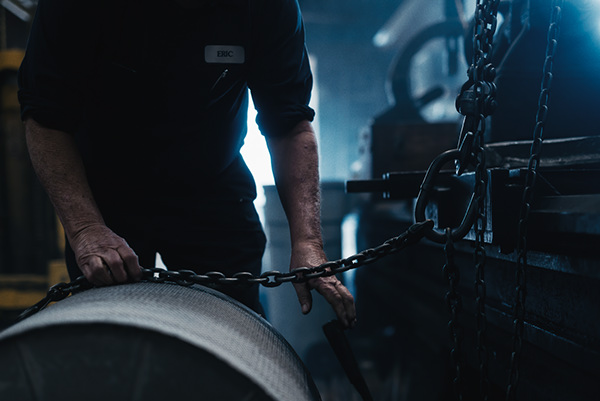
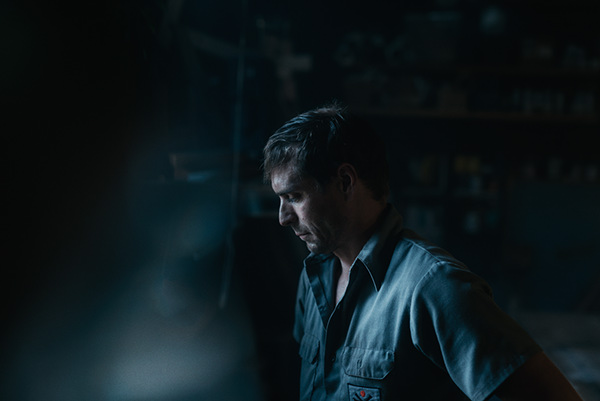
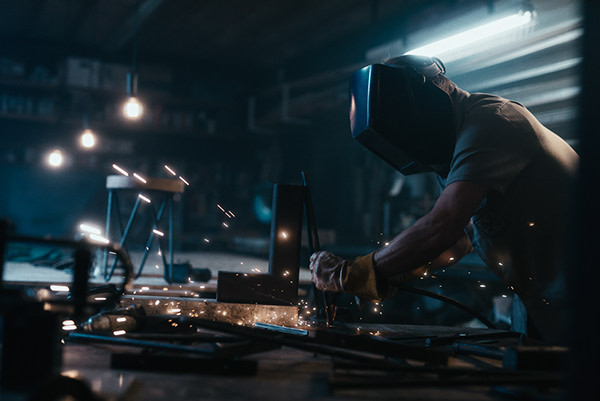
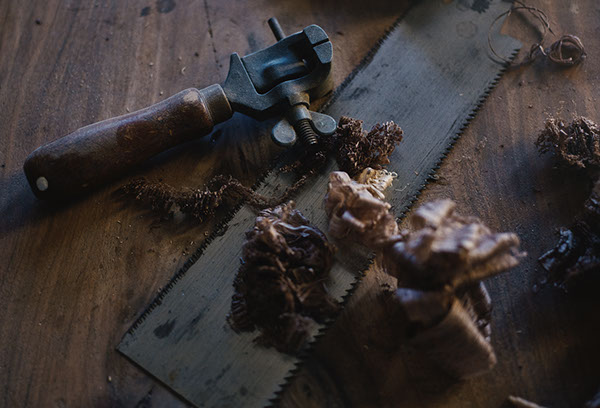
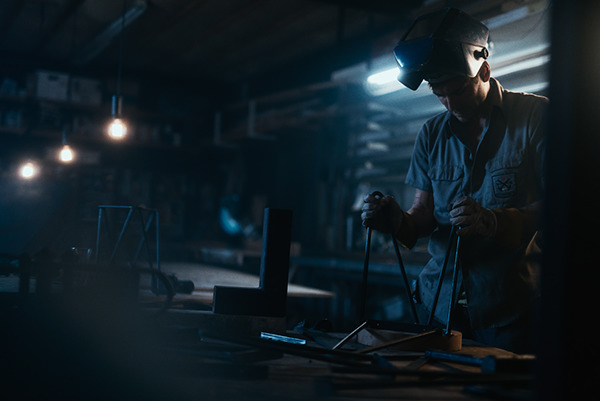
To check out more of Bradshaw’s work, you can head on over to his website. You can also keep up with him on Twitter, Facebook, Behance and Instagram.
You can also head on over to The Great Discontent to read a wonderful interview with Bradshaw.
Image credits: Images by Dean Bradshaw used with permission.